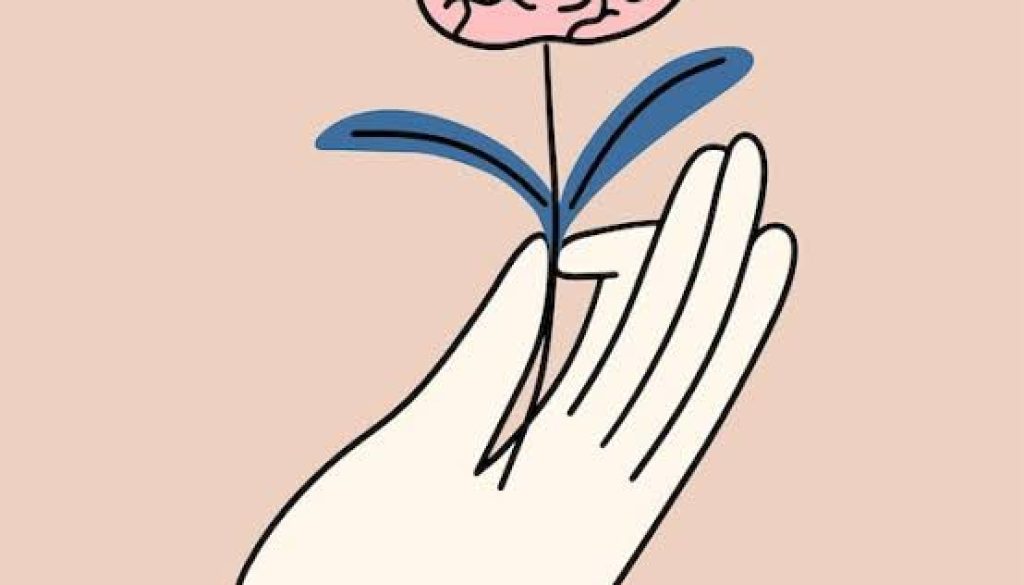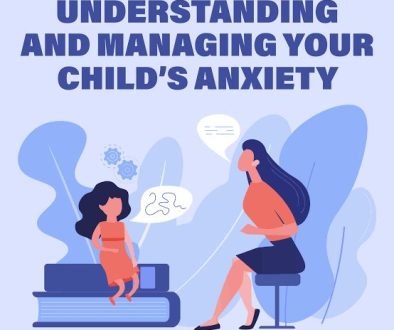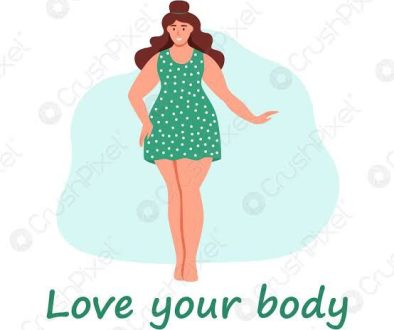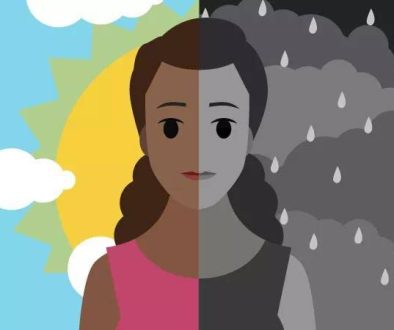Understanding Childhood Trauma and Its Impact on Adult Mental Health
Childhood trauma refers to a range of distressing or emotionally painful experiences that occur during a child’s developmental years. These experiences can take many forms, including physical, emotional, or sexual abuse, neglect, parental separation, domestic violence, or the loss of a loved one. Such events can leave deep emotional scars and have long-lasting effects that continue to influence a person’s mental health well into adulthood. It is essential to understand the impact of childhood trauma and the ways it shapes adult behavior, emotional well-being, and relationships in order to foster healing and recovery.
The Different Types of Childhood Trauma
Childhood trauma comes in many forms, and the effects vary depending on the type and severity of the trauma. Some common types include:
1. Abuse: Physical, emotional, and sexual abuse can have profound effects on a child’s sense of safety and self-worth. Abuse often involves violence, manipulation, or coercion and can leave children feeling powerless and frightened. In adulthood, survivors may struggle with trust, self-esteem, and relationships.
2. Neglect: Emotional and physical neglect occurs when a child’s basic needs—such as food, shelter, love, and attention—are not met. Children who experience neglect may grow up feeling unloved or unimportant, leading to feelings of worthlessness or difficulty forming healthy attachments later in life.
3. Household dysfunction: Children who grow up in homes with domestic violence, substance abuse, mental illness, or parental separation may internalize a sense of chaos and instability. This can lead to chronic stress and fear, and may later result in anxiety, depression, or difficulties maintaining healthy relationships.
4. Loss and separation: The loss of a caregiver or a prolonged separation from loved ones during childhood can be deeply traumatic. Children may experience grief, abandonment, or unresolved emotional pain, which can manifest in adulthood as difficulty trusting others, fear of abandonment, or intense emotional distress.
How Childhood Trauma Affects Brain Development
During childhood, the brain is still developing, and traumatic experiences can interfere with this critical period of growth. Trauma can alter the structure and function of key areas of the brain, including the amygdala, hippocampus, and prefrontal cortex—regions responsible for emotional regulation, memory, and decision-making. The brain’s stress response system may become overactive, making individuals more prone to anxiety, hypervigilance, and emotional reactivity. These changes can persist into adulthood, leading to heightened responses to stress and difficulty coping with everyday challenges.
Emotional and Psychological Impact
The emotional and psychological effects of childhood trauma are complex and often long-lasting. Many individuals who experience trauma during childhood struggle with feelings of shame, guilt, or worthlessness, believing that they are somehow to blame for their experiences. This can lead to low self-esteem, chronic anxiety, and depression. Emotional dysregulation is also common, as trauma can make it difficult to process and manage intense emotions. As a result, individuals may experience mood swings, anger outbursts, or emotional numbness, making it challenging to navigate daily life or maintain healthy relationships.
Trauma and Relationships
Childhood trauma can significantly affect a person’s ability to form and maintain healthy relationships in adulthood. Children who grow up in environments where their needs for safety, love, and security are unmet may struggle to trust others or may fear intimacy. This can lead to attachment issues, where individuals either avoid closeness altogether or become overly dependent on others for validation and emotional support. In some cases, adults who experienced trauma as children may find themselves repeating unhealthy patterns in their relationships, such as staying in abusive or neglectful partnerships, because they have normalized this behavior from their childhood experiences.
Trauma and Coping Mechanisms
Many adults who have experienced childhood trauma develop coping mechanisms to manage their emotional pain. While some coping strategies, such as seeking therapy or practicing mindfulness, can be healthy, others may be destructive. Unhealthy coping mechanisms can include substance abuse, overeating, self-harm, or engaging in risky behaviors. These behaviors often provide temporary relief but can lead to further emotional and physical harm in the long term. Understanding the root of these coping mechanisms is critical for breaking the cycle of self-destructive behavior and beginning the healing process.
The Path to Healing
Healing from childhood trauma is a complex journey, but it is possible with the right support and resources. Therapy is often a critical component of recovery, especially trauma-focused approaches such as cognitive-behavioral therapy (CBT), eye movement desensitization and reprocessing (EMDR), and somatic therapies. These therapeutic modalities can help individuals process traumatic memories, challenge negative thought patterns, and develop healthier coping strategies.
Building resilience is another key aspect of healing. Resilience refers to the ability to recover from adversity and maintain emotional balance in the face of challenges. Practices such as mindfulness, self-compassion, and establishing strong social support networks can enhance resilience, helping individuals regain a sense of control over their lives.
It’s important to note that healing from trauma is not a linear process, and setbacks are common. However, with consistent effort and a supportive environment, individuals can begin to move forward, reclaim their lives, and create healthier, more fulfilling futures.
In conclusion
Childhood trauma can have profound and lasting effects on adult mental health, shaping emotional responses, relationships, and behavior. However, understanding these impacts is the first step toward healing. By seeking support, engaging in therapy, and building resilience, individuals can begin to break free from the emotional chains of their past and create a healthier, more balanced life. Though the scars of childhood trauma may never fully fade, the path to recovery can lead to a brighter and more hopeful future.



